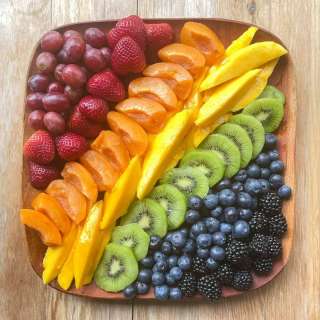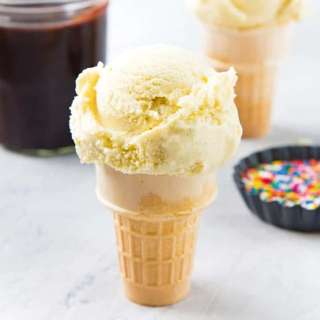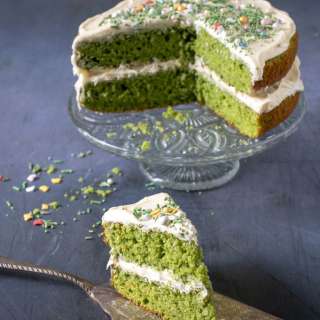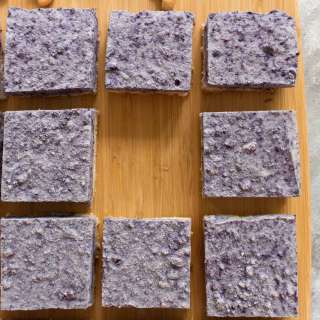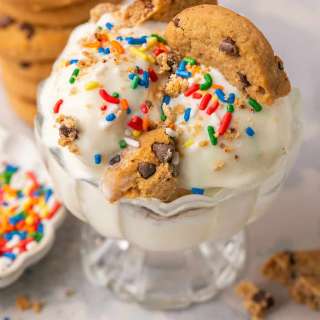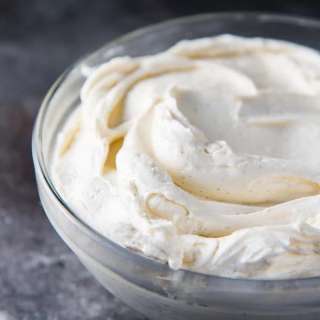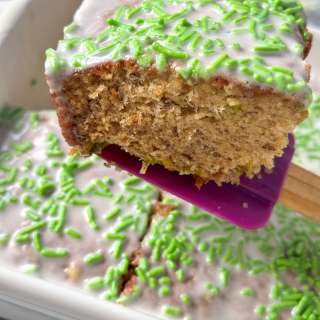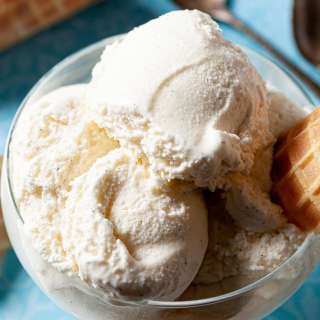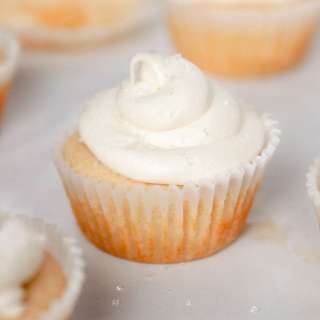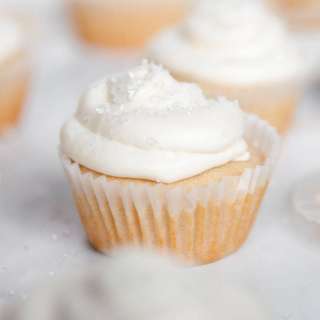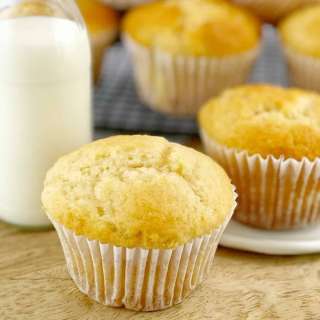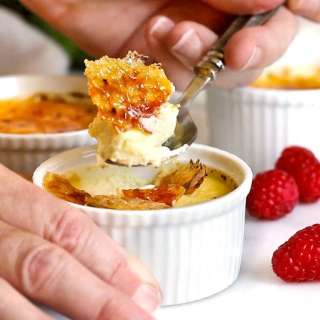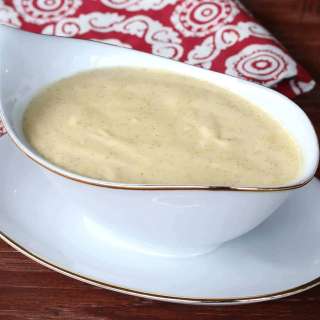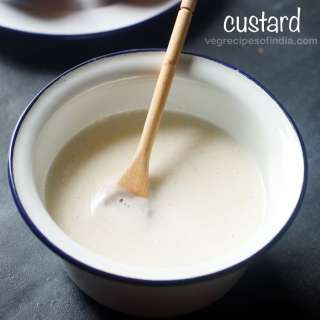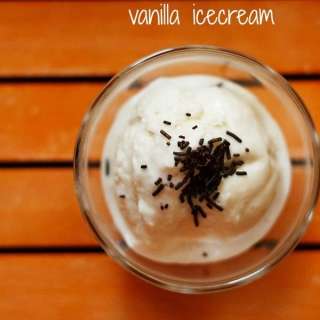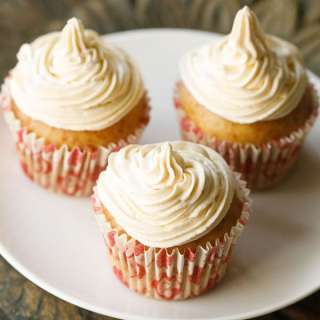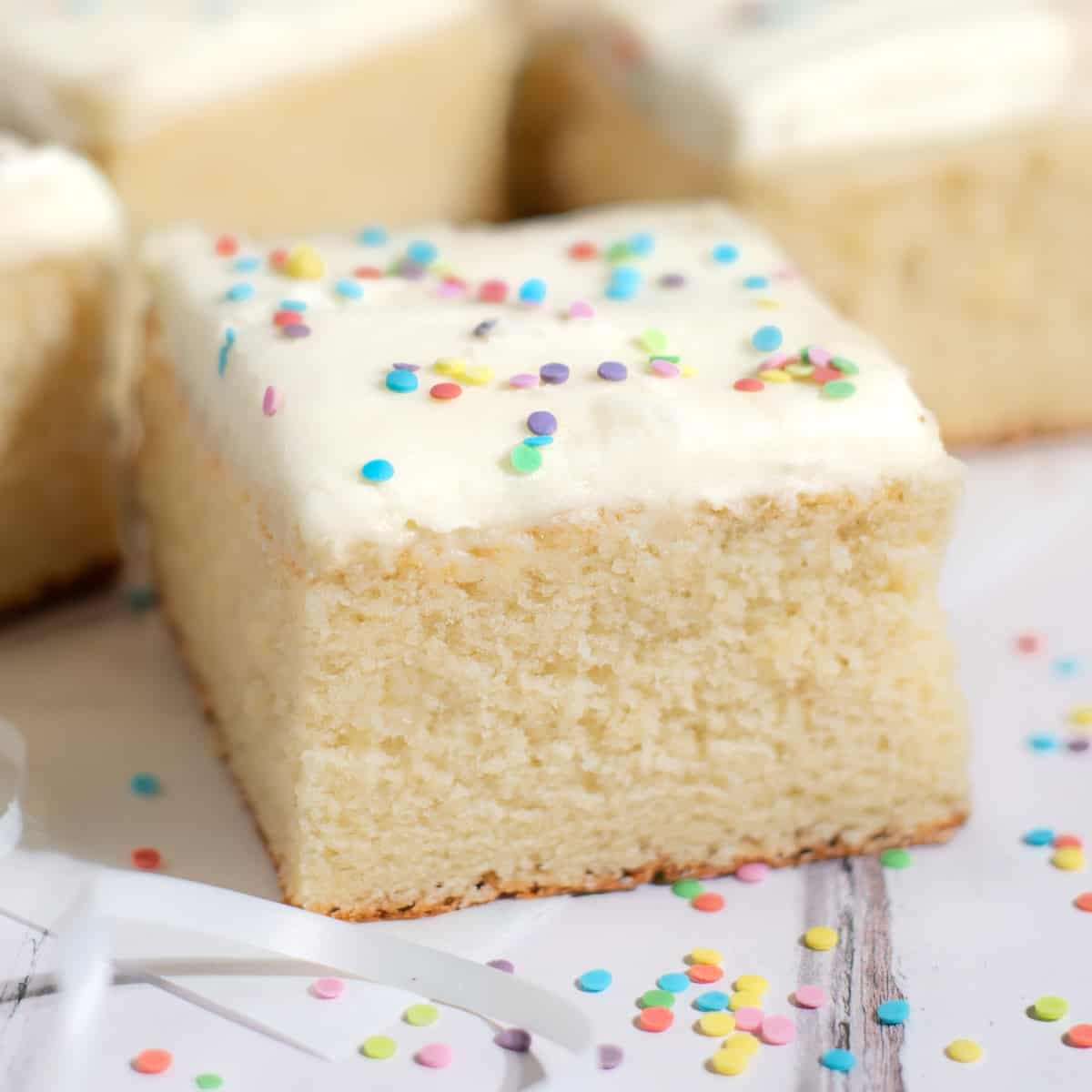
Vanilla Tray Bake
User Reviews
5.0
93 reviews
Excellent
-
Prep Time
15 mins
-
Cook Time
15 mins
-
Total Time
55 mins
-
Servings
24 squares or 12 large squares
-
Calories
308 kcal
-
Cuisine
International

Vanilla Tray Bake
Report
This vanilla tray bake recipe is wonderfully straightforward and foolproof. What sets this cake apart is its clever use of oil instead of butter. The choice of oil offers distinct advantages for sponge cakes, keeping them moist and preventing excessive gluten development for that sought-after soft crumb
Share:
Ingredients
For the cake
- 4 large eggs at room temperature, circa 62g per egg in its shell.
- 250 millilitre (1 US cup + 1 tbsp) milk whole or semi-skimmed. Boiled, then cooled down to lukewarm.
- 360 grams (12½ oz) granulated sugar
- 2 teaspoons vanilla extract
- 100 millilitre (0.4 US cup) oil neutral oil like vegetable or sunflower oil
- 360 grams (12½ oz) all-purpose flour
- 1 tablespoon baking powder
- ½ teaspoon salt
For the buttercream
- 450 grams (1 lb) icing sugar, sifted or powdered sugar
- ¼ teaspoon salt
- 225 grams (½ lb) unsalted butter softened at room temperature
- 1 teaspoon vanilla extract
- 2-4 tablespoons cream/milk
- sprinkles of choice, measured by heart
Instructions
Prepping
- If the eggs are fridge-cold, remove them from the fridge approximately 30 minutes before you start to bake. Alternatively, place the eggs in a bowl of warm water for 5 minutes to bring them to room temperature more quickly.
- Heat the milk in the microwave or a small saucepan until it starts to simmer. Allow it to cool to a lukewarm temperature that you can insert a clean finger into without burning.
- Line the baking tin with baking paper (see 'Equipment' above for the baking tin size).
To make the cake
- Preheat the oven to 170℃/338℉/gas mark 3.
- Add the granulated sugar, room-temperature eggs and vanilla extract to a large mixing bowl.
- Using an electric hand mixer or stand mixer, beat the sugar, eggs and vanilla extract together until the mixture is thick, fluffy and very pale in colour. You should notice trails in the mixture left by the beaters. This will take a minimum of 5 minutes of beating.
- In a separate bowl or jug, combine the oil and lukewarm milk. Whisk together with a fork until reasonably well blended.
- Sift together the flour, baking powder and salt in a bowl.
- Add half of the sifted flour mixture to the eggs and sugar mixture and beat on a very low speed using an electric hand mixer or a stand mixer. Stop as soon as the dry ingredients have been incorporated.
- Next, add half of the milk and oil mixture and beat again at a low speed. Stop as soon as the liquids have been incorporated.
- Repeat these steps one more time for the remaining flour and liquid ingredients. Beat on low speed after each addition and be careful not to overbeat.
- Pour the cake batter into the prepared tin and tap it gently on the counter a few times to remove any air bubbles.
- Bake on the middle oven shelf for 35-40 minutes until the top of the golden brown cake springs back when touched and a tester inserted in the centre comes out clean. Test doneness at 35 minutes. If your oven runs hot, test earlier at 30 minutes or use a lower oven temperature to begin with.
- Let the baked cake cool in the tin for at least 20 minutes before flipping it upside down onto a cooling rack.
- Carefully peel off the parchment paper, paying extra attention to the corners where the cake might have baked into the folds of the paper. Set the cake aside to cool fully while we make the buttercream.Note: We will frost the cake on the bottom side, which is why we turned it upside down. This ensures a smoother and flatter surface for the buttercream.
To make the buttercream
- Sift the icing sugar and salt into a large bowl and set aside. Note: Sifting icing sugar may be a bit of a chore but it's the secret to a lump-free, velvety buttercream!
- Cut the softened butter into smaller pieces to make mixing easier. Add the cubed butter to the bowl of a stand mixer or a large mixing bowl if you're using a handheld electric mixer.Note: Use the regular beater attachment, not the whisk.
- Whip the butter until it's soft and fluffy, around 2 minutes. Scrape down the bowl.
- At medium speed, start adding the icing sugar two tablespoons at a time. Beat between each addition until all the sugar is incorporated, which takes about 15 seconds each time.
- After all the icing sugar is mixed in, scrape down the bowl once more and add the vanilla extract. Beat for approximately 30 seconds.
- Check the consistency of the buttercream. If you prefer it thinner, add a tablespoon of cream or milk and beat again. Keep adding small amounts of liquid until it reaches your desired consistency. You will likely need a couple of tablespoons at least.
- Beat for just 1 more minute. Too much beating can introduce too much air into the buttercream, making it less smooth.
Decorating the cake
- Once the cake has cooled, spread a thin layer of buttercream over the surface. This acts as a crumb coat, stopping any crumbs from appearing in your final layer of buttercream.
- Spread the remaining buttercream over the cake and finish it off with your favourite sprinkles.
Notes
- Consider investing in a reliable digital kitchen scale and high-quality measuring spoons to ensure precise ingredient measurements. Accuracy plays a crucial role in achieving cake perfection!
- For best results, remember to allow fridge-cold eggs to reach room temperature before baking. Cold eggs can't blend as smoothly into the batter. Room-temperature eggs contribute to creating tender and evenly rising cakes.
- You can achieve this by removing the eggs from the fridge about 30 minutes beforehand or placing them in warm water for 5 minutes.
- Don't rush this step! Taking 5 minutes, or more, to beat the eggs and sugar makes them light and fluffy. Using an electric mixer helps incorporate tonnes of air for the ultimate lift. Well-beaten eggs = tender crumb.
- Overmixing can deflate the batter, so handle it with care to preserve those essential air bubbles for a soft texture. Stop as soon as no specks of flour are visible.
- Get to know your oven's quirks. If it runs hotter or cooler than expected, tweak your bake times and temperatures accordingly.
- Trust your eyes and perform visual tests, like checking for springy tops and using a cake tester as indicators of doneness.
- When uncertain, it's always safer to bake lower and slower, within reason.
- Take a moment to sift the icing sugar, especially if it's been tucked away in the back of your cupboard for some time - it gets clumpy.
- Beat the butter until it's fluffy before gradually adding the icing sugar.
- Be patient, adding the icing sugar bit by bit.
- Once everything's mixed, don't beat for more than a minute to avoid air bubbles that could make your buttercream less smooth looking.
- If any sneaky air bubbles do appear, grab a rubber spatula and push the icing to the sides of the bowl to smooth it out.
- Be careful when adding milk or cream, a little goes a long way. If you're uncertain, add the liquid and hand mix it with a rubber spatula. This provides a better 'feel' compared to using a stand mixer.
Nutrition Information
Show Details
Calories
308kcal
(15%)
Carbohydrates
46g
(15%)
Protein
3g
(6%)
Fat
13g
(20%)
Saturated Fat
6g
(30%)
Polyunsaturated Fat
2g
Monounsaturated Fat
5g
Trans Fat
0.3g
Cholesterol
53mg
(18%)
Sodium
205mg
(9%)
Potassium
49mg
(1%)
Fiber
0.4g
(2%)
Sugar
34g
(68%)
Vitamin A
299IU
(6%)
Calcium
54mg
(5%)
Iron
1mg
(6%)
Nutrition Facts
Serving: 24squares or 12 large squares
Amount Per Serving
Calories 308 kcal
% Daily Value*
| Calories | 308kcal | 15% |
| Carbohydrates | 46g | 15% |
| Protein | 3g | 6% |
| Fat | 13g | 20% |
| Saturated Fat | 6g | 30% |
| Polyunsaturated Fat | 2g | 12% |
| Monounsaturated Fat | 5g | 25% |
| Trans Fat | 0.3g | 15% |
| Cholesterol | 53mg | 18% |
| Sodium | 205mg | 9% |
| Potassium | 49mg | 1% |
| Fiber | 0.4g | 2% |
| Sugar | 34g | 68% |
| Vitamin A | 299IU | 6% |
| Calcium | 54mg | 5% |
| Iron | 1mg | 6% |
* Percent Daily Values are based on a 2,000 calorie diet.
Genuine Reviews
User Reviews
Overall Rating
5.0
93 reviews
Excellent
Other Recipes
You'll Also Love
Better Than Grandma’s Banana Bread (With Vanilla Glaze and Sprinkles!)
American, International
0.0
(0 reviews)
